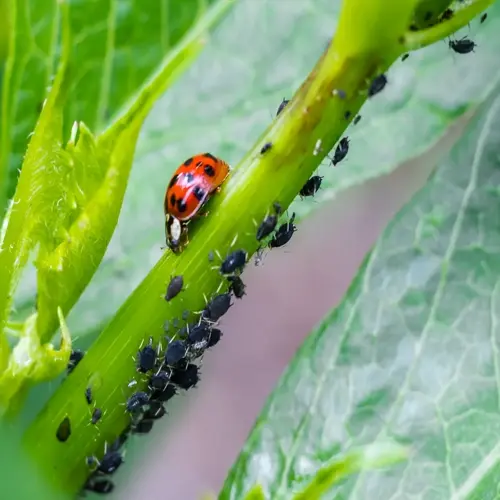Can cover crops replace fertilizers?

Written by
Tina Carter
Reviewed by
Prof. Samuel Fitzgerald, Ph.D.Cover crops lower your fertilizer requirement and naturally promote soil health. Some legume varieties fix atmospheric nitrogen directly into your soil. This biological process provides plants with free nutrition. I reduced synthetic fertilizer applications by half, utilizing practical cover crop rotations without lower yields.
Nitrogen Fixation
- Legumes like clover convert atmospheric nitrogen into plant-available forms
- Provide 30-60 lb/acre nitrogen reducing synthetic fertilizer needs
- Root nodules host bacteria that perform natural conversion
Nutrient Recycling
- Deep-rooted species bring nutrients up from subsoil layers
- Make phosphorus and potassium available in surface soil
- Prevent leaching of fertilizers beyond root zones
Soil Health Synergy
- Increased microbial activity enhances nutrient availability
- Improved soil structure supports better nutrient retention
- Earthworm activity creates natural fertilizer through castings
Legume covers provide the highest potential for fertilizer replacement. Hairy vetch may provide 100-150 lb nitrogen per acre if established well. Crimson clover may provide 70-130 lb. These amounts can completely replace synthetic nitrogen in many vegetable operations. My tomato beds depend on vetch nitrogen.
Non-leguminous cover crops can provide useful nutrient cycling. Grasses such as rye scavenge any leftover nitrogen, thereby preventing leaching. Deeper-rooted radishes bring potassium and phosphorus to the surface layers. These actions complement the legume nitrogen and help make your fertilizer a more efficient source throughout the seasons.
Integrate legume cover crops to reduce fertilizer use. Reduce synthetic nitrogen by 30% for the first year and follow plant growth and soil tests. As soil health improves, continue to increase reductions. You lower fertilizer costs while the crop quality will improve naturally.
Sample the soil annually to monitor changes in nutrient levels. Soil can not rely on cover crops alone to meet its phosphorus and potassium needs. Use organic amendments as needed. In time, he soil will become less reliant on you for external inputs and achieve a higher level of soil sustainability.
Read the full article: Cover Cropping Benefits for Sustainable Farming

